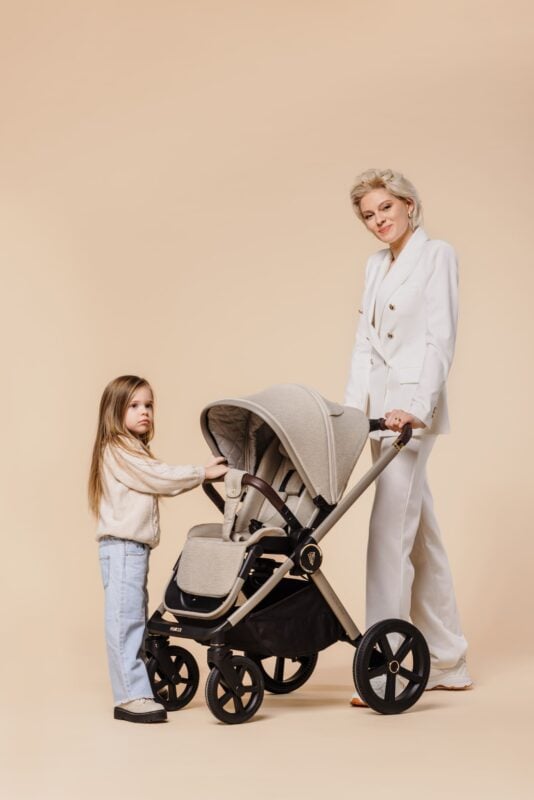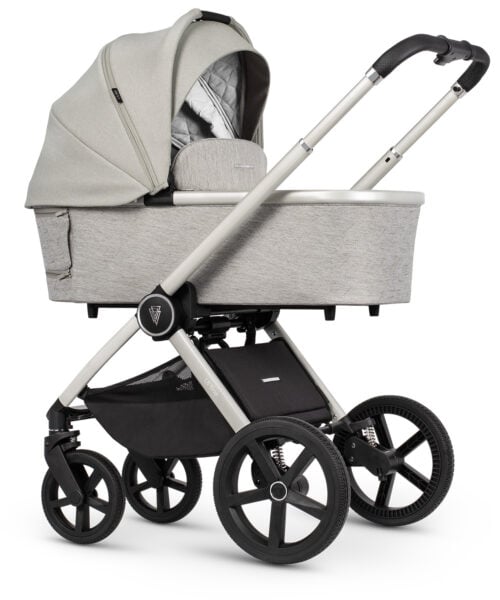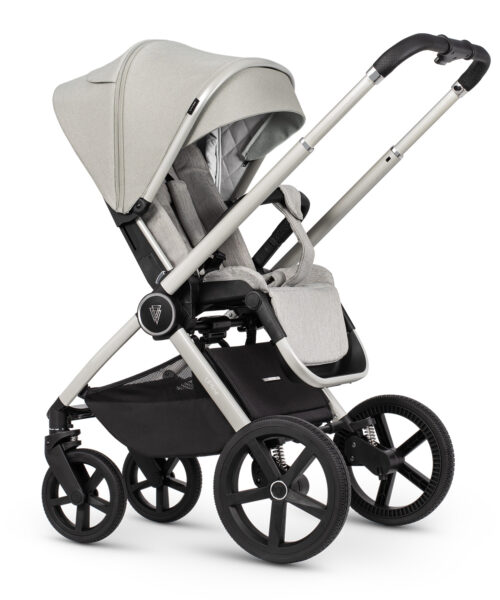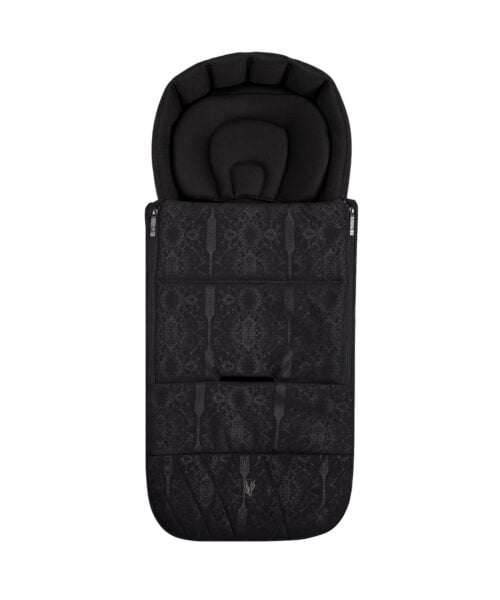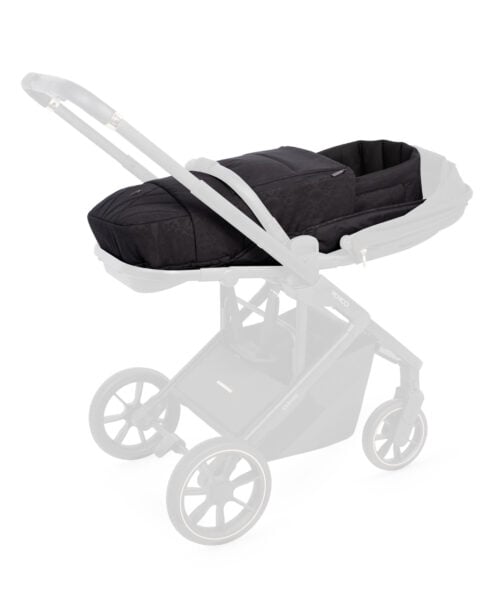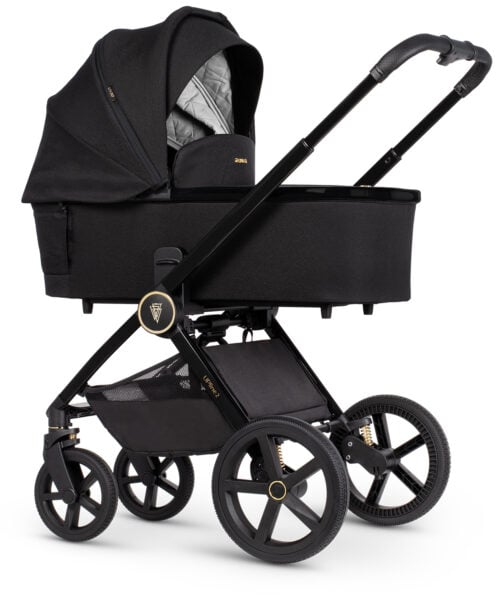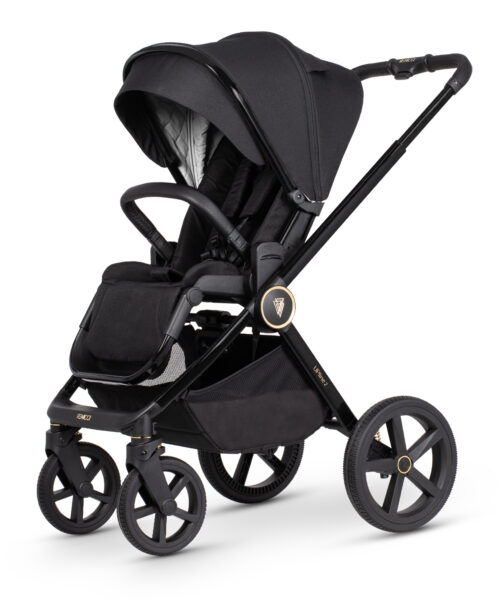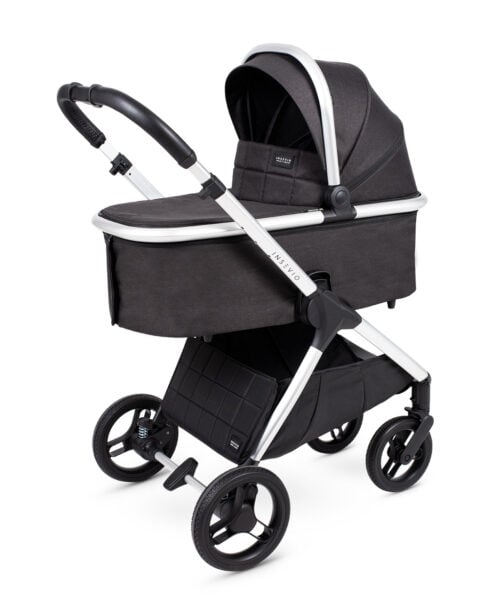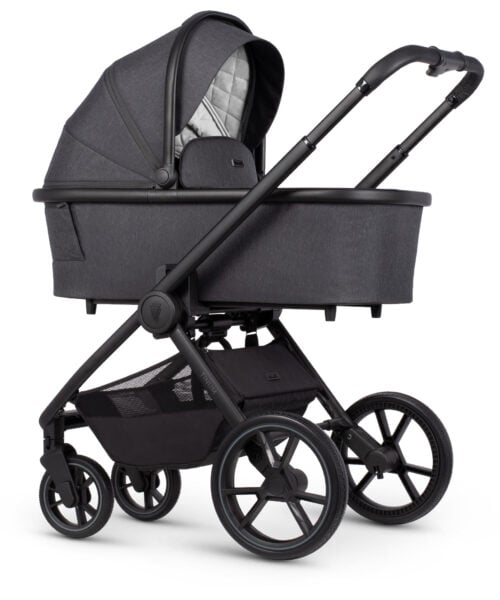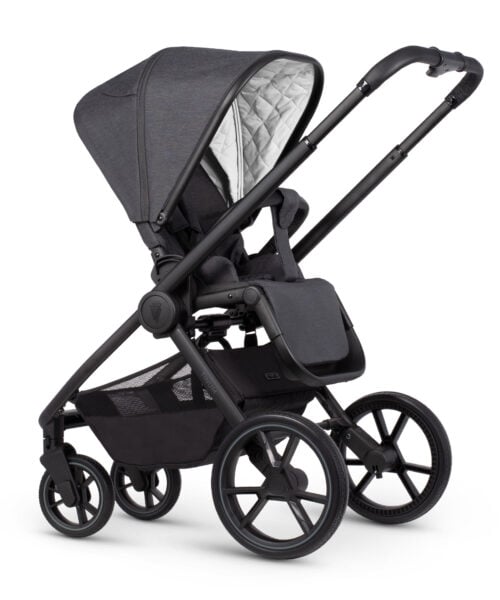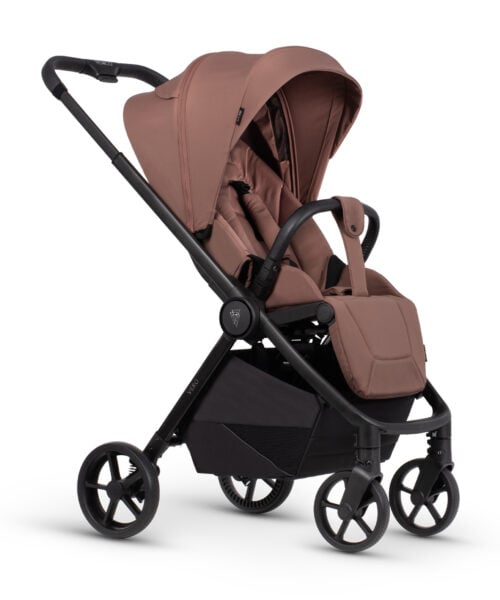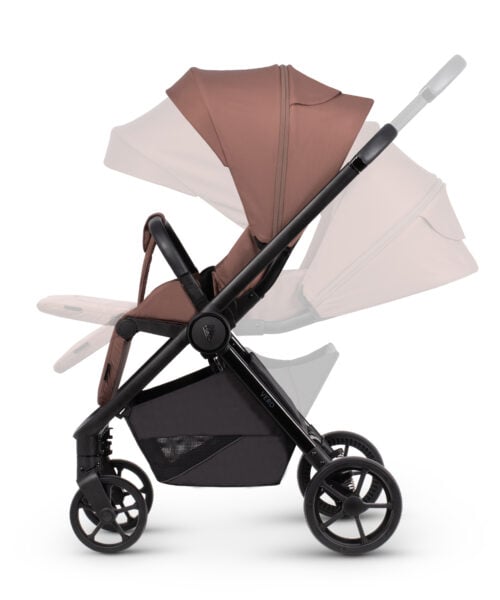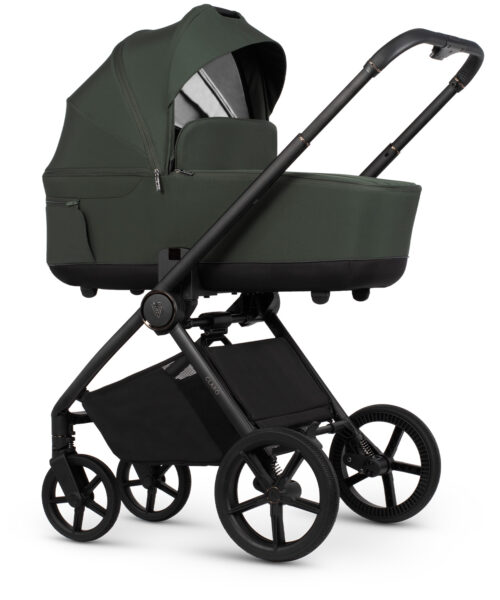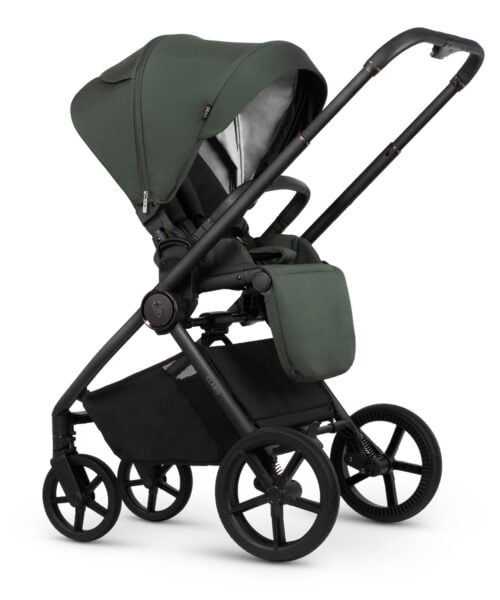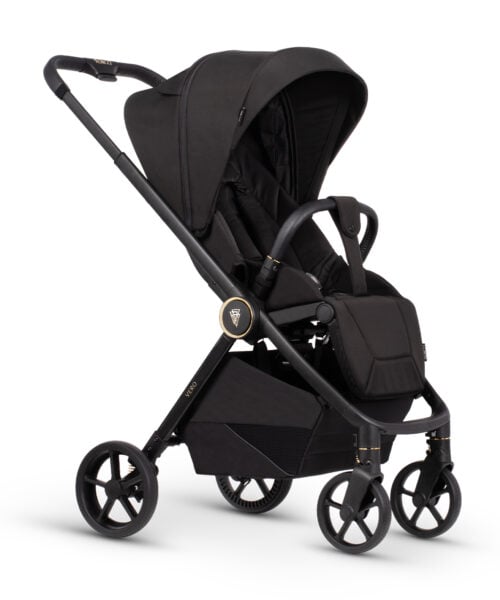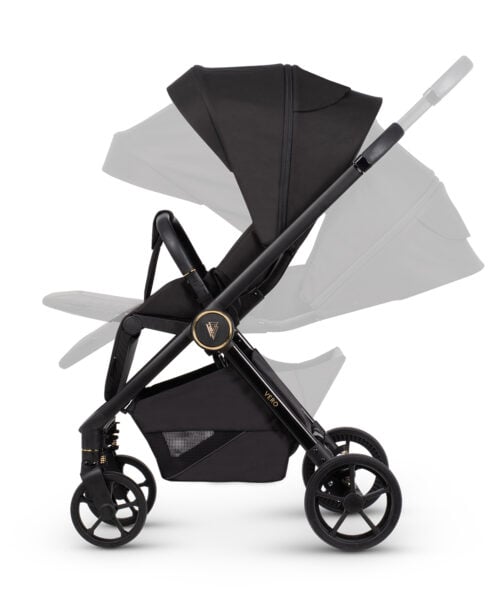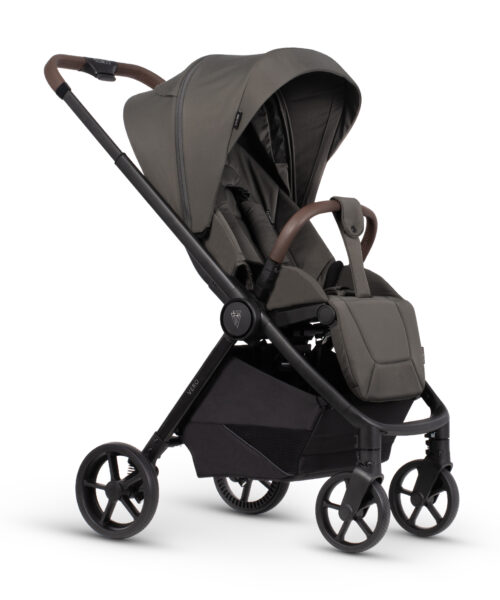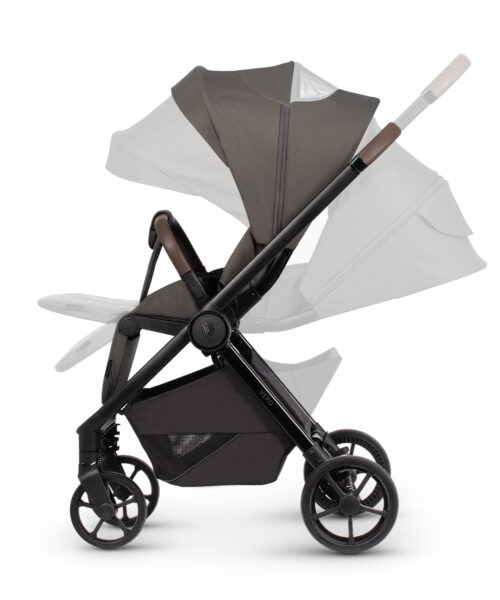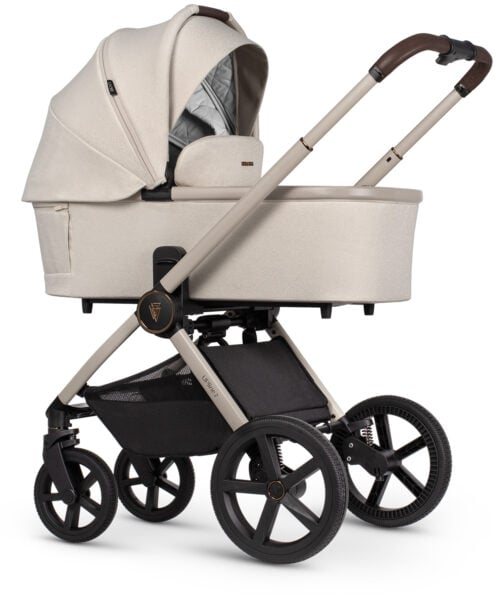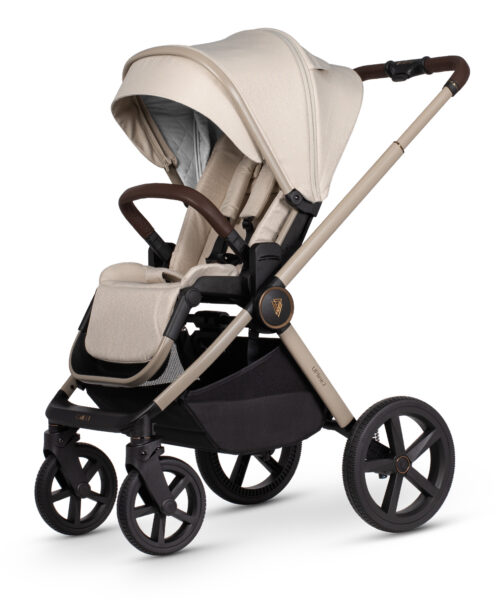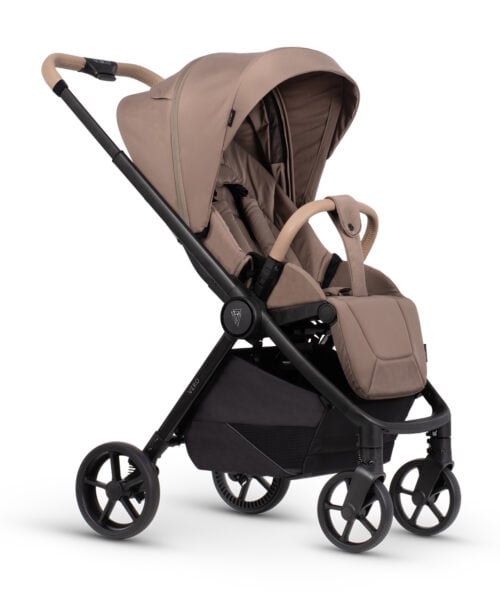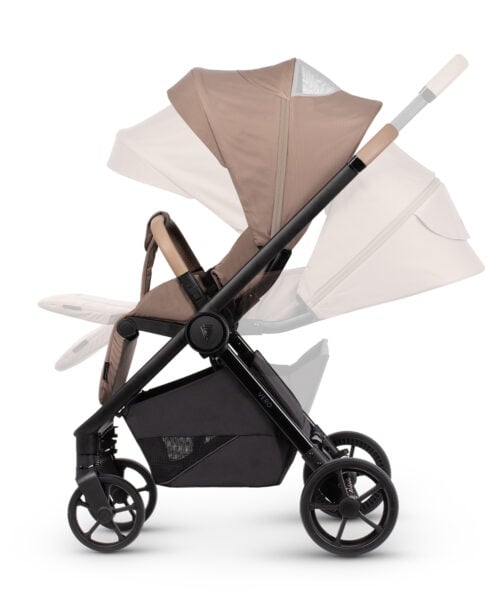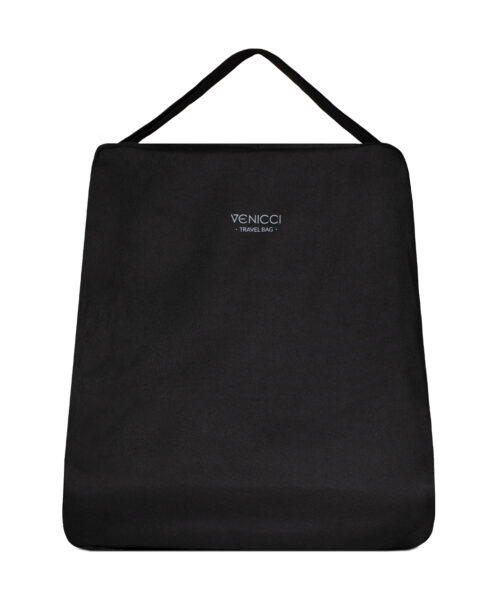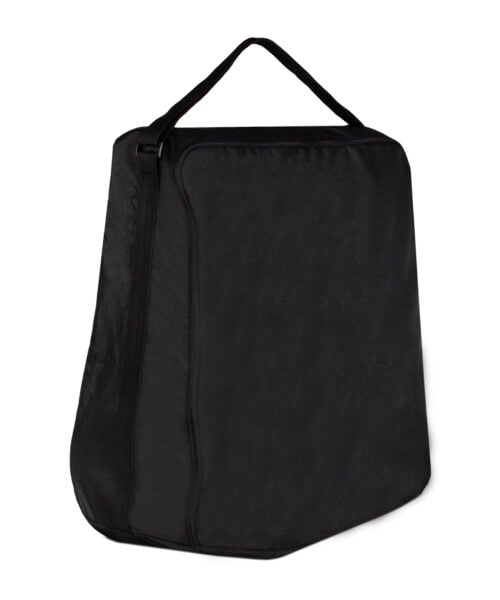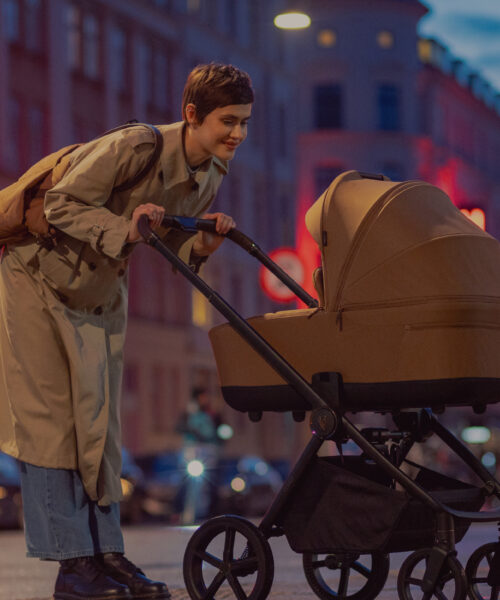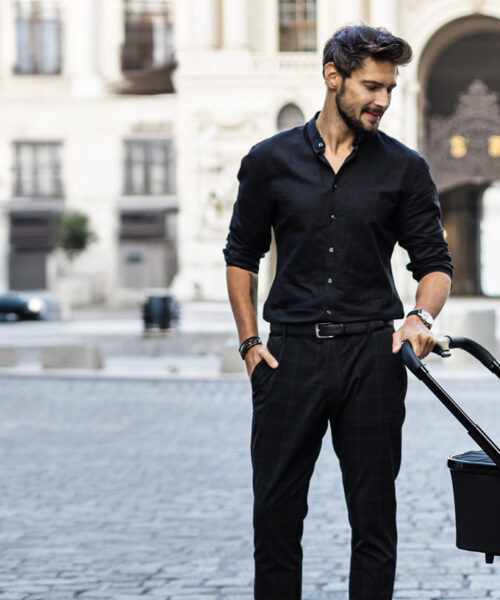Parenthood is exciting and challenging, as parents face a whole list of questions during the first year of their baby’s life. One of them is “when can a baby sit in a front facing stroller?”.
Such a question is always difficult to answer. The trouble is that it is a very individual question, and many things should be considered. Which ones? We discuss them in this guide for parents!
Here is a comprehensive guide to help parents understand when the time is right to make this transition – we hope it will make the journey through your child’s most important moments even more enjoyable.
Contents
Baby's age and development
The broad selection of prams on the market is not just a matter of aesthetics but primarily a response to the babies’ needs, which differ at different development phases. The decision to switch to a front-facing stroller should always be made according to the toddler’s individual needs.
Every child is different, and following their progress is essential. Children who quickly learn to control their head and neck and are curious about the world may be ready to sit forward sooner. So pay attention to these signals and adjust the pushchair settings according to your little one’s comfort.
However, even a very active baby who is eager to try new things may not be ready for the change. Experts say babies should be able to sit up independently at around six months when their muscles and bones have developed enough to make the new position safe. This is also an excellent time to start using a front-facing pushchair, as parents can react quickly to any signs of discomfort.
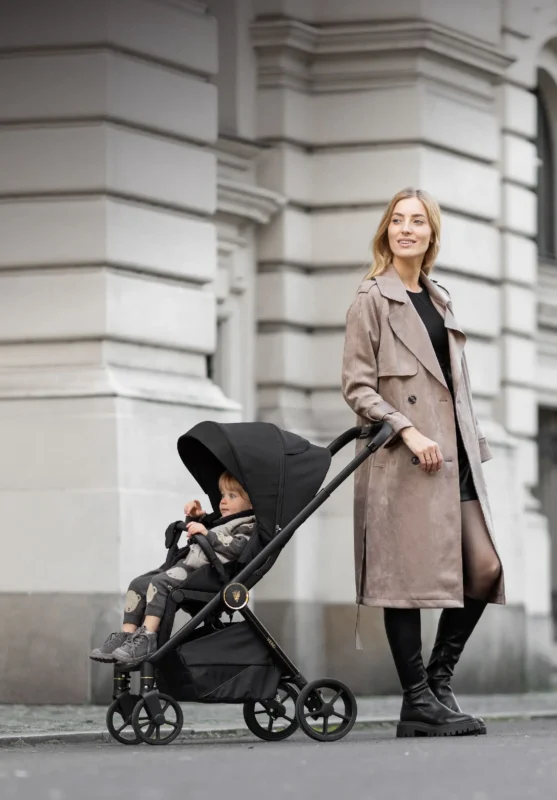
How to choose the right pram?
We have already mentioned that there is a great selection of prams and pushchairs on the market, which can be both an advantage and a challenge at the same time.
An advantage because more choice allows you to personalise the product better to meet your needs, style, or preferences. A challenge because some parents – especially first-time parents – may find it a little tricky to pick the perfect baby pram.
We have found that the most popular models are the 2-in-1 or 3-in-1, which offer a good level of flexibility and can “grow” with your child. What’s more, some models – such as our Upline and Tinum Edge models – allow you to switch between a front-facing and rear-facing position easily. This functionality ensures safety and will enable you to adapt to your child’s changing needs over the years.
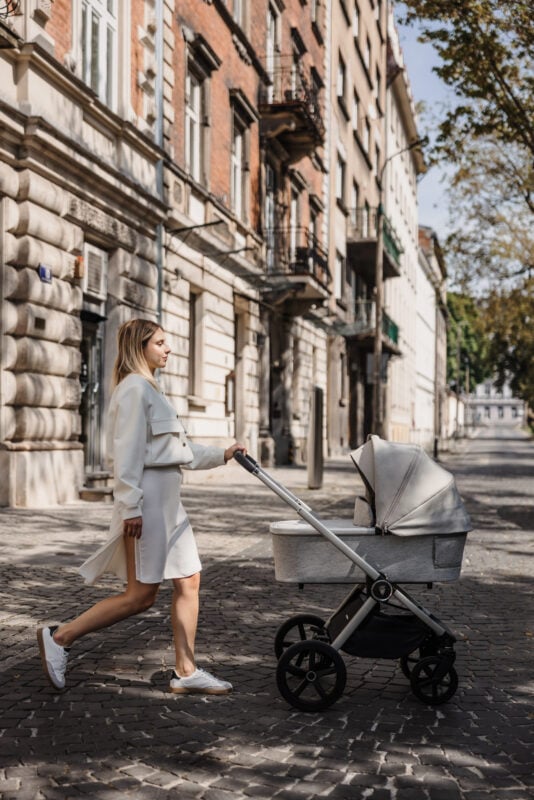
Steps from a newborn pushchair to a front facing stroller
The transition from a newborn pushchair to a Front-Facing Stroller takes place in several stages, adapted to the child’s development. Of course, it is difficult to put this long journey full of surprises into a precise scheme, but a brief overview of the most important points will help you to navigate safely.
- Newborn pram (0-6 months) – at this time, your baby will need a pram with a flat lying position that supports the spine and neck. Newborn prams usually have a carrycot that provides a safe and comfortable environment. Moreover, a carrycot is also a good place to sleep (see our article: “Can a Baby Sleep in a Pram Overnight: Safety Insights”).
- Time to switch to a pushchair (around 6 months) – when your baby begins to sit up independently and control his head, you can switch to a pushchair with an adjustable seat. At this stage, your child will continue to travel facing their mum or dad.
- Seat position adjustment (6-12 months) – as your child grows, you can adjust the seat angle in the pushchair to provide more comfort and visibility. The seat is still facing you.
- Transition to a forward-facing seat (approximately 12-24 months) – when your child has reached the appropriate age and physical development, they can begin to travel in a forward-facing stroller. The decision to change should be based on the child’s individual requirements and growth.
Of course, all the points above are just for example, and changes should be natural, considering your baby’s unique needs and development. If you are in any doubt, having a word with a professional is always a good idea.
You can also visit our short article “When can a baby sit in a pram?” to learn more about this topic.
